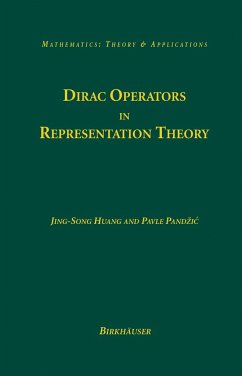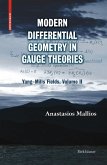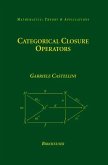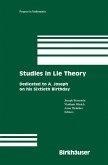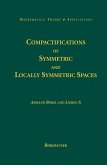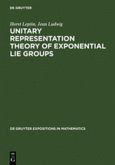This monograph presents a comprehensive treatment of important new ideas on Dirac operators and Dirac cohomology. Dirac operators are widely used in physics, differential geometry, and group-theoretic settings (particularly, the geometric construction of discrete series representations). The related concept of Dirac cohomology, which is defined using Dirac operators, is a far-reaching generalization that connects index theory in differential geometry to representation theory. Using Dirac operators as a unifying theme, the authors demonstrate how some of the most important results in representation theory fit together when viewed from this perspective.
An excellent contribution to the mathematical literature of representation theory, this self-contained exposition offers a systematic examination and panoramic view of the subject. The material will be of interest to researchers and graduate students in representation theory, differential geometry, and physics.
An excellent contribution to the mathematical literature of representation theory, this self-contained exposition offers a systematic examination and panoramic view of the subject. The material will be of interest to researchers and graduate students in representation theory, differential geometry, and physics.
This book contains a more detailed explanation of the results from several recent papers of the authors. The book is aimed at a somewhat broader audience. Clifford algebras are presented rather thoroughly. Some basics of Lie groups and their representations are mostly relegated to earlier literature. There is a good introduction to the so-called cohomological induction, which is short but still gives the main ideas of some parts of the proofs. - MathSciNet

